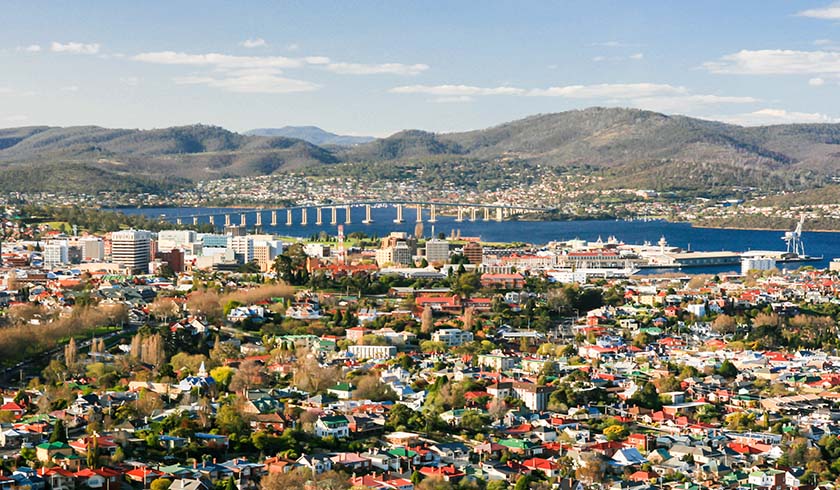Top 10 fastest-selling suburbs in Australia
With buyer preference shifting towards lifestyle locations, outer suburban and regional areas have emerged as some of the fastest-selling locations in Australia, a new report has revealed.

After a year rocked by COVID, more Australians have reassessed their lifestyle needs, resulting in higher demand for bigger houses, bigger blocks of land and properties at scenic locations.
With suburbs closer to the CBDs flawed by space restrictions and a lack of affordability, buyers are being encouraged to look further afield, according to REA economist Anne Flaherty.
As such, the largest declines in median time on market have been witnessed across the outer suburbs and regional areas – with some suburbs seeing their time on market slashed in half over the previous year.
“Not only are these regions beating their own records, but they are also outperforming many inner and middle-ring suburbs and becoming the fastest-selling locations in Australia,” Ms Flaherty said.
In NSW, the Southern Highlands and Shoalhaven saw median time on market decrease by 28 days to 67 in the 12 months to March.
Looking into the state’s suburbs, median time on market in Glenbrook (lower Blue Mountains) has declined from 46 to 15, making it the fastest-selling suburb in NSW, along with Rankin Park.
In Victoria, the fastest-selling region was Warrnambool and South West – declining from 100 to 63 days – while Upper Ferntree Gully emerged as the fastest-selling suburb, declining from 30 to 12 days.
Of all the states, Tasmanian properties proved to be selling the fastest, with six of the top 10 fastest-selling suburbs in the country located in Hobart, including Chigwell, Dodges Ferry, West Hobart, Midway Point, North Hobart and South Hobart.
According to Ms Flaherty, the combination of a scarcity of stock and growing demand is forcing buyers to move quickly.
Looking ahead, the economist expects the preference for outer suburban and regional areas to persist, primarily due to changing work practices.
“The increased adoption of remote-working means, for many workers, proximity to offices is less pertinent than in the past. Workers may be willing to tolerate longer commute times if they are only travelling into their offices two out of seven days, rather than the five out of seven before the pandemic struck.
“Despite the winding back of COVID-19 restrictions, low office occupancy rates are persisting, and indicators suggest flexibility will remain the norm.
“With remote working enabling many to choose lifestyle over commute time, properties in suburbs that offer the space and scenery buyers are looking for are likely to remain popular,” Ms Flaherty concluded.
